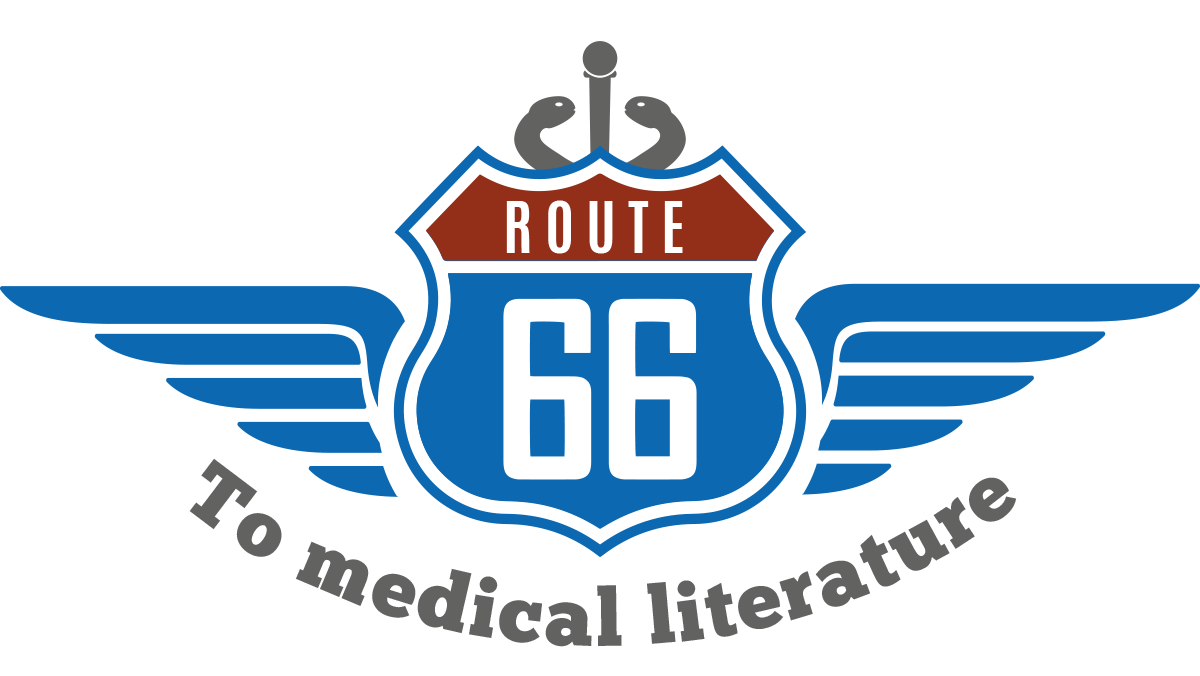Watch the video & take notes on a sheet of paper
When you have finished, click on each item below to see the answer.
- Saturated fats = carbon chains with hydrogen bonds everywhere
- Unsaturated fats = carbon chains with one or more double bonds and two hydrogens dropped for each double bond
- Trans-fats = manufactured fats that turn from liquid to solid when hydrogen is added to a heated unsaturated
- Trans-fats → very bad
- Saturated fats → bad
- Unsaturated fats → good
- Saturated fats: meats, butter, creams, milk, chocolate, and coconut
- Mono-unsaturated: olive oil, nut oils, avocados
- Poly-unsaturated fats: soy, cotton, seed corn, sunflower, fish
- Confusion started in the second half of the 20th century
- Margarine was chosen as a heart-healthy alternative to butter ← butter known to be filled with cholesterol & saturated fat
- Research showed this wasn't the case, some forms of margarine (hard stick kind) are worse for the heart than butter
- A tablespoon of butter has 7.2 grams of saturated fat, but only .3 grams of trans-fat
- Hard stick margarine has less than 1/3 of the saturated fat of butter but 9 times the amount of trans-fat
- Liquid vegetable oils are the better way to go
- If your choices are butter or margarine, use soft tub margarine: it has 1.2 grams of saturated fat and only .6 grams of trans fat
- Products sell well as healthy alternatives
- Longer shelf life and flavor stability
- Trans-fats impact on commercial baking goods was enormous
- Everything went trans, from vegetable shortening, crackers, cookies, to candies, snack foods, to cake goods
- Today about 40% of the products in the supermarket contain trans-fats - Most of these products are not in the peripheral aisles but in the center aisles
- Processed, baked or fried products: good chance they contain trans-fats - From saturated fats to trans-fats in the foods we buy → obesity has been on the rise
- America's unusual approach to portion sizes
- Mountains of solid & liquid calories
- Sedentary lifestyles
- What we eat is as important as how much
- Nearly 3% are trans-calories whereas Heart Association says there should be less than 1%
- Nearly 13% of our daily diet is saturated fats, way beyond the healthy limits.
- Eliminate trans-fats
- Limit saturated fats
- Replace them with unsaturated fats
- Amount of trans fats in a serving must be listed on a separate line under saturated fat
- Recommended serving size = 1cup but container has 3 cups!
- A 1-cup serving prepared delivers 380 calories, 140 of which (37%) are from fat
- American Heart Association's recommendation = 30% or less (counterbalance it with another item that day!)
- Total fats represent 23% of the recommended daily value for a 2,000-calorie diet
- FDA says items that are 20% of the daily fat value are high and should be avoided
- 20% of the fats here are saturated, which is about 15% of daily value
- Box lists 0 grams of trans-fat, but macaroni & cheese uses milk. Using 2% milk adds 1 gram of trans-fat/serving, using whole milk adds 3 grams/serving
- Conclusion:
• Food labels do not show percent daily value for trans-fat, not 100% clear how much trans-fats is too much, but remember average American diet includes about 6 grams of trans-fats a day→using whole milk & eating a whole box shouldn't even be an option
• Use reduced fat or fat free milk & you’re back in safety zone but you get 31% of your percent daily value of salt and 17% of your carbohydrates! You may love it and you may even choose to eat it and then balance it with other healthy selections, but if you eat more than one cup of mac and cheese, it's trouble
• Labels matter & should be read carefully; the most recent label change regarding trans-fats is predicted to prevent 1,200 heart attacks & 500 deaths over the next 3 years with 5.4 billion in savings in health care costs and lost productivity
- Spend more time & buy more of the products on the outside aisles of your supermarket, most of the trans-fat containing processed and baked goods are in the center aisles
- Read the labels: items with total fat per serving in the 20% of daily value range should be avoided as should items with more than 1% of the daily value of saturated fats or trans fats
- Portions: most Americans need to cut them in half
- Substitute unsaturated fats for saturated fats, use olive oil (for saute, salad dressing), nuts for cracker snacks, avocado for cheese and sandwiches & fish instead of meat twice a week
- Even if you're a New Yorker experiencing the restaurant ban on trans-fats, try to dedicate time to preparing meals at home
Demo Content
UNF3S
Route 66 to medical literature, Félicie Pastore 2017
